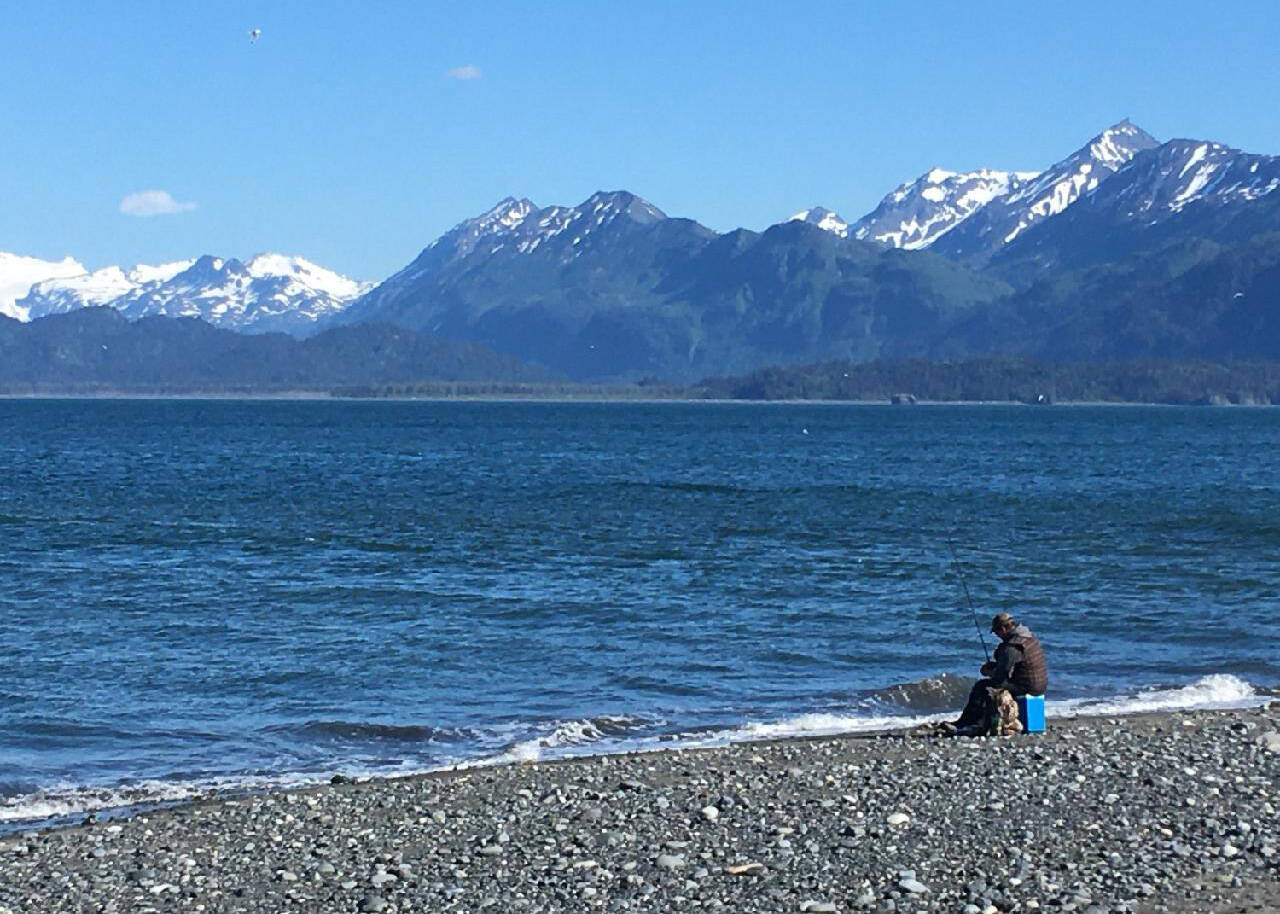The Kenai Peninsula Borough Assembly, at their last regular meeting on Tuesday, Aug. 6, which was held at Homer City Hall, passed a commending resolution in honor of the Kachemak Bay National Estuarine Research Reserve’s 25th anniversary.
KBNERR was originally established in 1999 by the National Oceanic and Atmospheric Administration and the Alaska Department of Fish and Game’s Sport Fish Division due to the diversity of habitats represented in Kachemak Bay. It is the only National Estuarine Research Reserve in the state.
KBNERR transitioned from a partnership with ADF&G to one with the University of Alaska Anchorage, Alaska Center for Conservation Science as their state partner in 2015.
The resolution specifically commends KBNERR for fulfilling its mission over the past 25 years of enhancing understanding and appreciation of the Kachemak Bay estuary and adjacent waters and working with decision-makers “to ensure that local ecosystems remain healthy and productive.”
It also said that a “great need” exists at this time for continued fulfillment of said mission.
The commendation was presented by KPB Assembly President Brent Johnson to KBNERR Manager Katherine Schake.
“The Kachemak Bay National Estuarine Research Reserve is honored to receive recognition of our 25th anniversary from the KPB Assembly and Mayor. A huge thank you to all of the KBNERR Community Council members, staff, volunteers and partners who have been committed to seeing the Reserve thrive and implement place-based science and education in Kachemak Bay. We look forward to the next 25 years of research, ecological monitoring, education and training to enhance appreciation and understanding of Alaska’s coastal ecosystems to ensure they remain healthy and productive!” Schake wrote to Homer News last Thursday.
According to Schake, KBNERR’s research program includes nearshore, marine and watershed ecology.
“The Reserve monitors weather, water quality, phytoplankton for harmful algal blooms, invasive European green crab and tunicates, nearshore juvenile fish species, and surveys the vegetation in four salt marshes throughout the Bay,” she wrote. “The education program focuses on place-based learning, sharing the Reserve’s scientific findings and data with K-12 students, hosting field trips to check crab traps and visit peatlands, and supports early career internships. The Coastal Training Program ensures that Reserve science is accessible and understood by decision-makers.”
This fall, Schake wrote, KBNERR will begin a retrospective data synthesis of more than 20 years of monitoring data, comparing water quality factors such as salinity, temperature, dissolved oxygen and more, to phytoplankton data to “understand if there are environmental drivers of change of phytoplankton communities that may help us understand when harmful algal blooms are a threat to shellfish populations.”
“The Reserve would like to thank all of the volunteers and partners who support KBNERR’s programs!” she wrote.
The commending resolution can be found in full at kpb.legistar.com.


